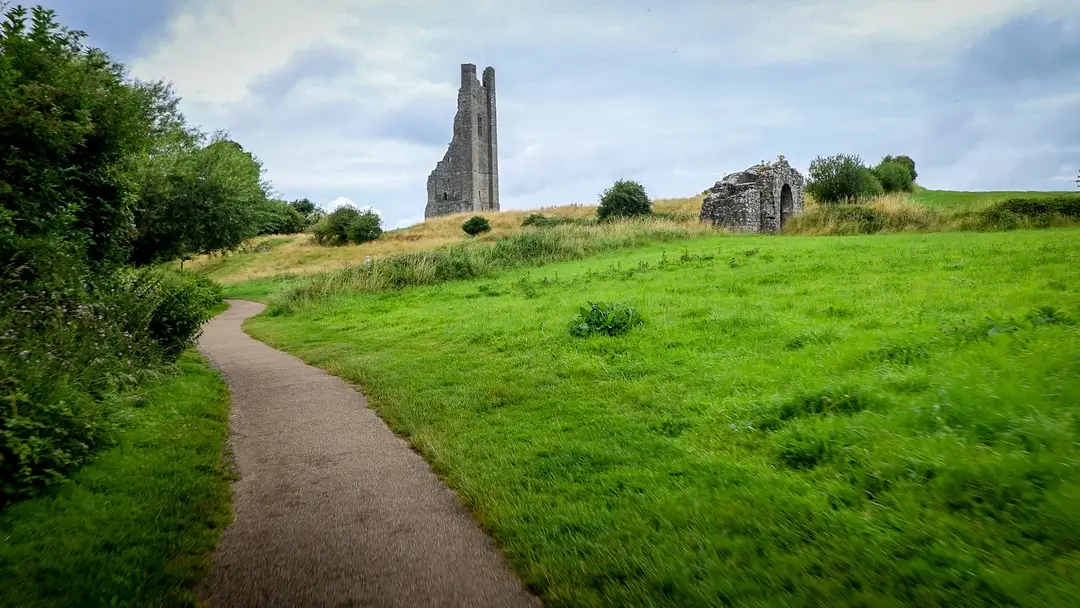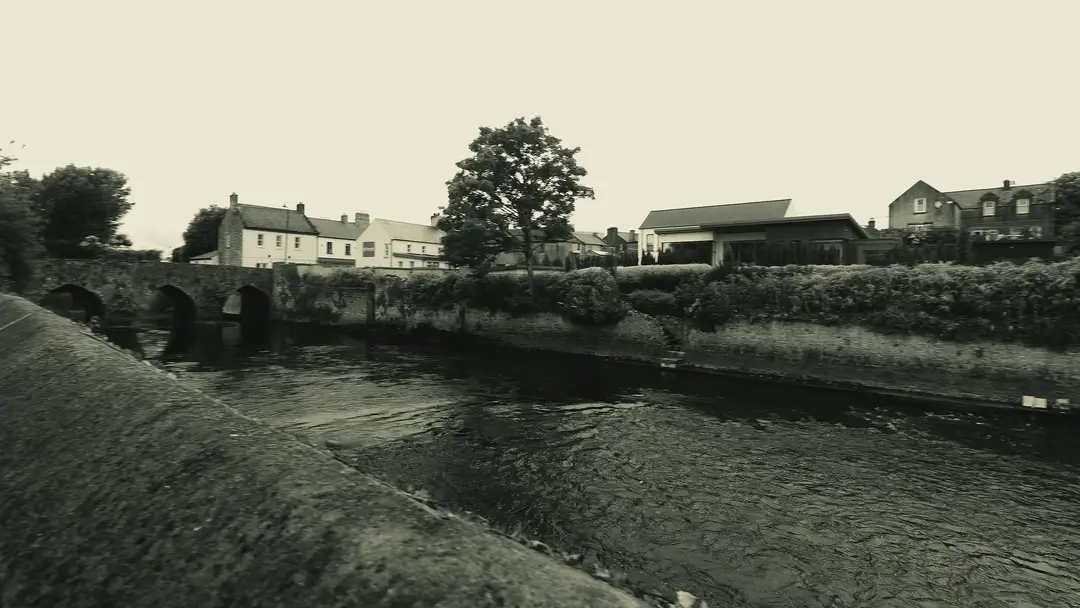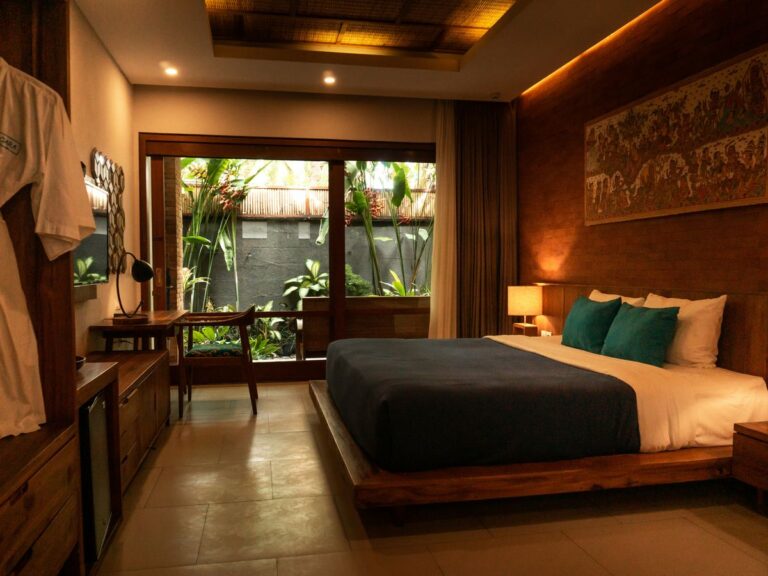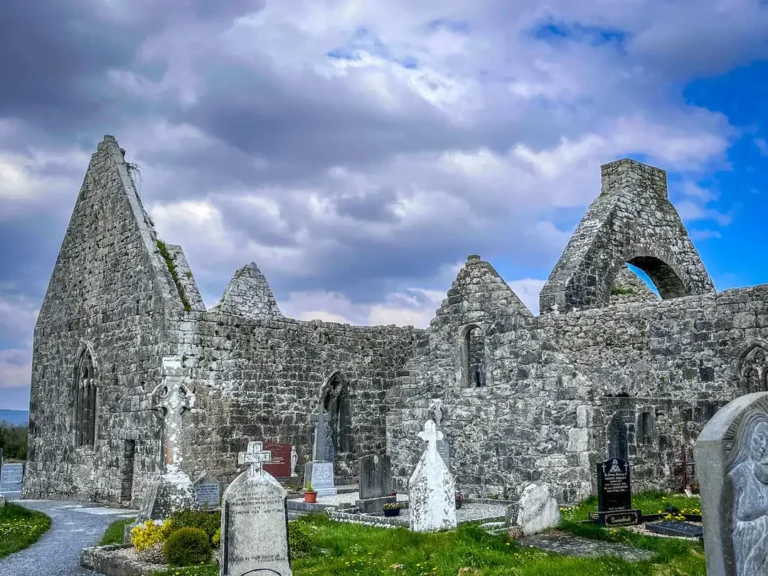Trim Castle Riverside Walk
Come along for a stroll on the Trim River Walk, a path that winds right beside the historic Trim Castle. This isn’t just any walk; it’s a journey through history and nature, offering amazing views of old ruins and the lovely Irish countryside. You’ll see why so many people, from locals to visitors, love spending time here. It’s a really special place that has something for everyone, whether you like history, nature, or just a nice walk.
Key Takeaways
- The Trim River Walk is a popular spot for the community, used by joggers, dog walkers, and families.
- You can spot local wildlife like herons, swans, and even sheep along the riverbanks.
- The walk offers stunning views of the Irish landscape, looking like something out of a postcard.
- The path leads to Trim Castle, a major Norman castle and a great example of old architecture.
- The area is full of history, with ruins and information panels that tell stories about the past.
Exploring the Trim River Walk
The Trim River Walk is more than just a path; it’s a vibrant slice of local life blended with stunning scenery and historical whispers. It’s a place where you can feel the pulse of the town while soaking in the beauty of the Irish countryside. I remember the first time I walked it; I was struck by how seamlessly the past and present intertwined. You’ll see locals jogging, families pushing strollers, and tourists like yourself, all sharing the same space and appreciation for this special place. It’s a great way to spend an afternoon.
A Community Space
The Trim River Walk serves as a central hub for the community. It’s not uncommon to see groups of friends chatting, kids playing, or people simply enjoying a quiet moment by the water. The atmosphere is always welcoming and friendly. It’s a place where you can feel connected to the town and its people. I’ve often stopped to chat with locals, and they’re always happy to share stories about the area. It adds to the experience.
Wildlife Along the River
Keep your eyes peeled for the diverse wildlife that calls the River Boyne home. You might spot:
- Herons gracefully wade in the shallows.
- Swans gliding serenely across the water.
- Ducks paddling along, often with their little ducklings in tow.
- Even the occasional kingfisher flashes its brilliant blue plumage.
And don’t be surprised to see sheep grazing on the surrounding hillsides. They sometimes even wander onto the path, adding a touch of rural charm to the experience. It’s a great opportunity to connect with nature and appreciate the beauty of the Irish landscape. If you’re lucky, you might even spot a historic trail.
Picturesque Views
The views along the Trim River Walk are simply breathtaking. The rolling green hills, the tranquil river, and the imposing Trim Castle create a scene that feels straight out of a postcard. The light seems to hit everything just right, making it a photographer’s dream. It’s the kind of place where you can just stand and stare for hours, soaking in the beauty of it all. It’s easy to see why this area has inspired so many artists and writers over the years.
The way the light reflects off the water, the ancient stones of the castle, and the vibrant green of the surrounding fields creates a scene that is both peaceful and awe-inspiring. It’s a reminder of the rich history and natural beauty that Ireland has to offer.
Historical Ruins Along the Trim River Walk
The Trim River Walk isn’t just about pretty views; it’s a trip back in time. As you stroll along, you’ll encounter the remains of structures that whisper tales of centuries past. It’s amazing how much history is packed into this relatively short walk. You can almost feel the echoes of medieval life as you explore these fascinating ruins.
Priory of St. John the Baptist
Located near St. Peter’s Bridge, the Priory of St. John the Baptist was founded way back in 1202. It was established by the Bishop of Meath, Simon Rochfort, and served as both a church and a place to care for the sick. Today, you can still see parts of the original structure, including a two-story building, a turreted enclosing wall, and a three-story tower. It’s a cool glimpse into medieval religious life. If you’re planning a trip to the area, consider checking out historic Drogheda too.
Other Notable Structures
Besides the Priory, keep an eye out for other remnants of Trim’s medieval past along the river walk. While some may be less obvious than others, each ruin has its own story to tell. These structures offer a tangible connection to the people who lived and worked here centuries ago. It’s worth taking your time and looking at the details.
Information Panels
To help you understand what you’re seeing, there are information panels dotted along the Trim River Walk. These panels provide historical context and interesting facts about the various ruins. They’re a great way to learn more about the history of Trim and the significance of these structures. I found them super helpful in piecing together the story of the area.
The panels also offer insights into the broader history of Trim, connecting the ruins to the larger narrative of the town and its people. They highlight key events and figures that shaped the area, providing a richer understanding of its past.
Trim Castle and Its Significance
Trim Castle isn’t just a pile of old stones; it’s a landmark that speaks volumes about power, architecture, and even the movies. It’s a place where history comes alive, and you can almost hear the echoes of Norman lords and medieval battles.
Largest Norman Castle
Trim Castle stands as the largest Norman castle in Ireland, a testament to the ambition and might of its builders. Its sheer size is impressive, dominating the landscape and serving as a reminder of the Anglo-Norman presence in the region. When you stand within its walls, you get a sense of the scale of the operation it must have been to construct such a massive structure back in the 12th century. It’s not just big; it’s strategically designed, with features that made it a formidable defensive position.
Architectural Preservation
The castle’s architecture is remarkably well-preserved, offering a window into medieval building techniques and design. You can see the evolution of the castle over time, with different sections reflecting various periods of construction and modification. The central keep, with its distinctive cruciform shape, is a highlight, showcasing the ingenuity of Norman engineers. The walls, towers, and gatehouses all contribute to the castle’s imposing presence and provide valuable insights into medieval military architecture. The castle’s architecture is a great example of Norman design.
Filming Location
Trim Castle has also played a role on the silver screen, most notably as a filming location for the movie Braveheart. The castle served as a stand-in for the city of York, and its imposing walls and towers provided a dramatic backdrop for several key scenes. It’s kind of cool to walk around the castle grounds knowing that you’re standing where Mel Gibson and his crew filmed parts of a major Hollywood movie. It just adds another layer to the castle’s already rich history.
The use of Trim Castle as a filming location has helped to raise its profile and attract visitors from around the world. It’s a reminder that history isn’t just something that happened in the past; it’s something that continues to resonate in the present.
The History of Trim Castle
Hugh de Lacy’s Initial Fortification
So, Trim’s history is pretty interesting. It all started way back in the 5th century, but the medieval stuff is what really shaped the town. The name ‘Trim’ itself comes from the Irish ‘Áth Truim,’ meaning ‘the ford of the elder trees’ – a shallow spot to cross the river. The location by the river was key for early settlers.
In 1172, King Henry II gave a big chunk of land, called the Liberty of Meath, to Hugh de Lacy. This was to keep de Lacy loyal. The land wasn’t just modern Meath; it stretched west to the Shannon! De Lacy’s first move was to build a timber fort with a spiked fence. But, the Gaelic High King of Ireland saw this as a threat and took it down.
Rebuilding in Stone
The next year, 1173, Hugh de Lacy started rebuilding, but this time with stone. It was meant to be more permanent. However, de Lacy’s project got put on hold when he was killed. There was a three-year wait until his son, Walter, was old enough to take over. Then, they started a second phase, making the castle bigger and better. It took about 30 years after the original building started to add the third story to the keep. From up there, the view of the River Boyne and the surrounding area hasn’t changed much since the castle was built. You can almost imagine what it was like back then.
Later Additions and Enlargements
The town of Trim has roots stretching back to the 5th century AD, but archaeological digs south of the castle suggest people might have been in the area as early as 370 BC. It’s the medieval period, though, that really left its mark on the town we see today. As you wander around the Porchfields, you’ll spot some awesome examples of Trim’s medieval heritage in the structures that are still standing.
It’s worth noting that even though King John never actually got inside Trim Castle, some locals jokingly call it King John’s Castle to poke fun at his failure. The castle has seen a lot of history, and it’s cool to think about all the people who have walked those grounds over the centuries. It’s a place where you can really connect with the past.

The Porchfields and River Boyne
The Porchfields offer a unique perspective on Trim’s rich history, blending natural beauty with visible remnants of the medieval era. It’s a great place to just wander and soak it all in. You can really get a sense of what life might have been like centuries ago.
Views of Medieval Heritage
As you stroll through the Porchfields, you’re treated to amazing views of Trim’s medieval heritage. The imposing Trim Castle dominates the skyline, while the serene St. Peter and Paul’s Cathedral at Newtown adds a sense of peace to the landscape. It’s like stepping back in time, with historical monuments visible at every turn. The River Boyne also plays a starring role, its presence shaping the town’s identity since its early days. The name Trim itself comes from the Irish Áth Truim, meaning ‘the ford of the elder trees,’ highlighting the river’s importance as a crossing point.
Wildflower Meadow
The wildflower meadow in the Porchfields is a vibrant splash of color, especially during the warmer months. It’s not just pretty to look at; it’s also a haven for local wildlife, like bees and butterflies. I saw a ton of bees when I was there last week. It’s a great spot to relax and enjoy nature, right in the heart of Trim. You can check out what’s in bloom, and it changes throughout the year, so there’s always something new to see. It’s a nice contrast to the stone and history all around.
Outdoor Amenities
Besides the views and the meadow, the Porchfields also has some cool outdoor amenities. There’s a performance area where events are sometimes held, and an outdoor gym if you’re feeling energetic. Interpretive panels are placed along the River Walk, giving you more information about the history and flora of the area. You can also find places to sit and relax along the route. It’s a well-maintained space that’s clearly valued by the community. It’s a great place to spend an afternoon, whether you’re interested in history, nature, or just getting some exercise.
The Porchfields are more than just a pretty place; they’re a reminder of Trim’s long and fascinating history. The combination of historical monuments, natural beauty, and outdoor amenities makes it a must-visit destination for anyone exploring the Boyne Valley. It’s a place where you can connect with the past while enjoying the present.
Key Figures in Trim Castle’s History
Hugh de Lacy’s Legacy
Hugh de Lacy was granted the Liberty of Meath by King Henry II in 1172. This included a huge chunk of land, all the way to the Shannon! His first move was to build a timber fort, but the Gaelic High King wasn’t having it and took it down. De Lacy then started building with stone in 1173, making it a more permanent structure. De Lacy’s influence is undeniable, as he initiated the construction of what would become the impressive Trim Castle.
King Henry II’s Influence
King Henry II played a significant role in the early history of Trim Castle. He gave Hugh de Lacy the land, expecting loyalty in return. However, when de Lacy married the daughter of an Irish high king, Henry II got suspicious. He thought de Lacy might be trying to set himself up as an independent king. It’s interesting how royal concerns shaped the fate of the castle and the surrounding area. You can still see the castle walls today.
King John’s Connection
King John also had a run-in with Trim Castle, though not a successful one. In the early 13th century, he came to Ireland to deal with rebellious Norman lords, including Hugh de Lacy’s son, Walter. Despite his efforts, King John never managed to breach the castle walls. Some locals even call it “King John’s Castle” to mock his failure. It’s a funny bit of history that shows how even kings could be thwarted. The views from the top of the keep are amazing, and you can see the River Boyne flowing below.
Want to learn more about the amazing people who shaped Trim Castle? Head over to our website for all the fascinating details and discover their stories!
Wrapping Up the Trim Castle Riverside Walk
So, that’s the Trim Castle Riverside Walk. It’s a nice way to spend some time, whether you’re into history or just want to get outside. You get to see a lot of old stuff, like the castle and other ruins, but it’s also just a regular path where people go for walks. It’s pretty cool how they mix the old with the new. If you’re ever in the area, it’s worth checking out. You might even spot some sheep or swans, which is always a bonus.
Frequently Asked Questions
What is the Trim Castle River Walk?
The Trim Castle River Walk is a lovely path next to the River Boyne. It’s a great place for locals and visitors to enjoy nature, see wildlife like swans and herons, and get some fresh air. You’ll often spot people jogging, walking their dogs, or just taking a peaceful stroll.
Are there any historical ruins along the river walk?
Yes, there are several old ruins you can see along the Trim Castle River Walk. One important one is the Priory of St. John the Baptist, which was built way back in 1202. There are also information signs along the path that tell you more about these historical spots.
Why is Trim Castle so important?
Trim Castle is the biggest Norman castle in Ireland and a fantastic example of old Norman building style. It’s important because it hasn’t been changed much over the years, so it still looks a lot like it did when it was first built. It even appeared in the movie ‘Braveheart’!
Who built Trim Castle and when?
The castle was started by Hugh de Lacy in 1172. He first built a wooden fort, but it was attacked and destroyed. So, he began building a stronger stone castle in 1173. The castle was built in stages over many years, with his son Walter adding more parts later on.
What are the Porchfields?
The Porchfields are open fields next to the castle and river. They offer amazing views of the old buildings in Trim. It’s also a beautiful wildflower meadow and has places for people to relax or even exercise outdoors.
Who were the key people connected to Trim Castle’s history?
Hugh de Lacy was the main person behind building the castle. King Henry II of England also played a role by giving de Lacy the land. Later, King John had a connection to the castle, and some people even call it ‘King John’s Castle’ as a joke because he couldn’t conquer it.





